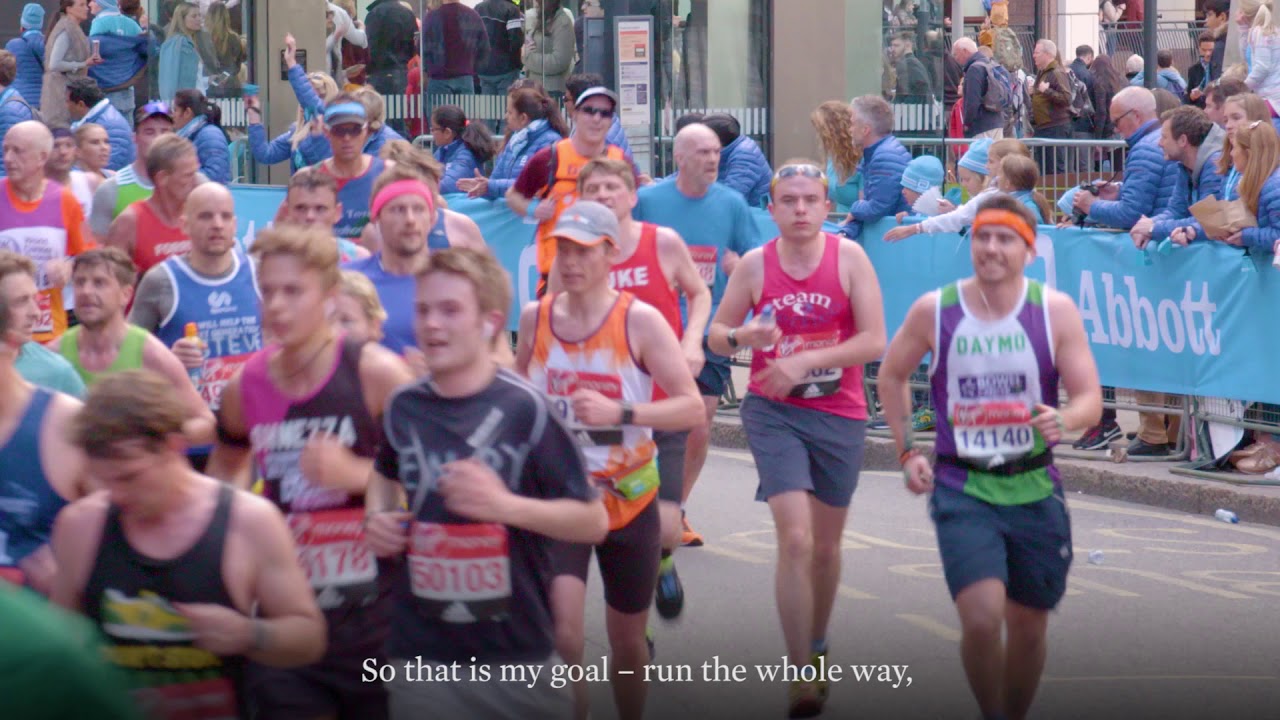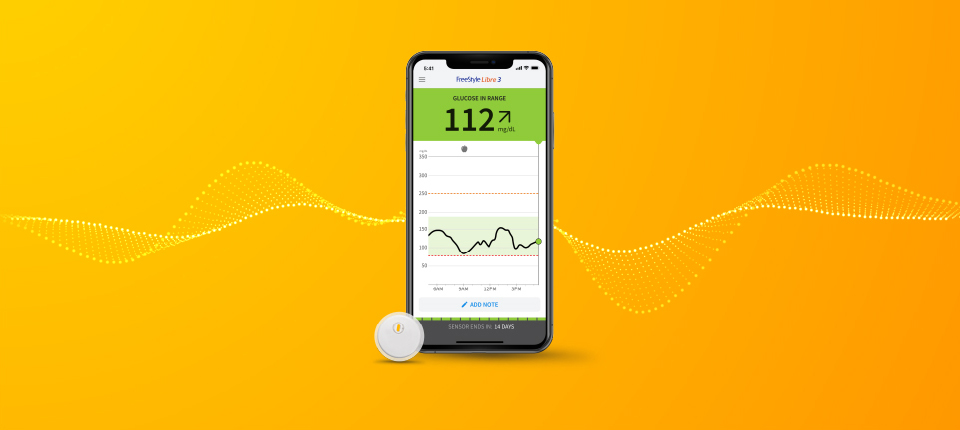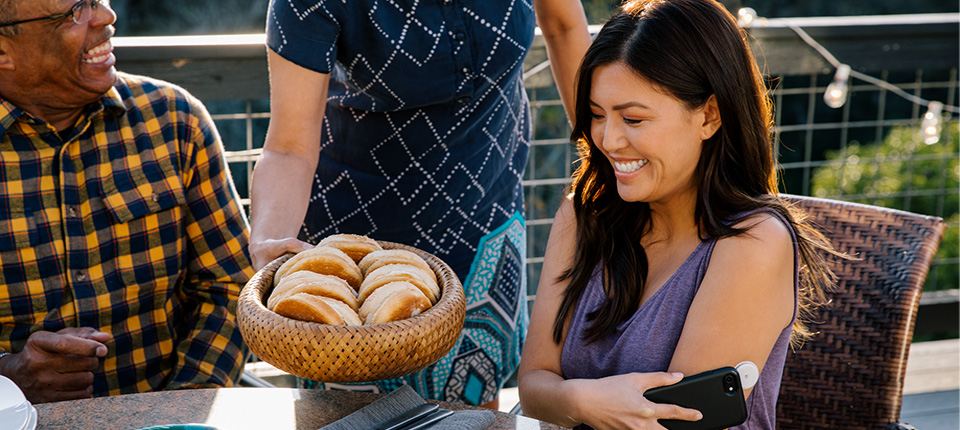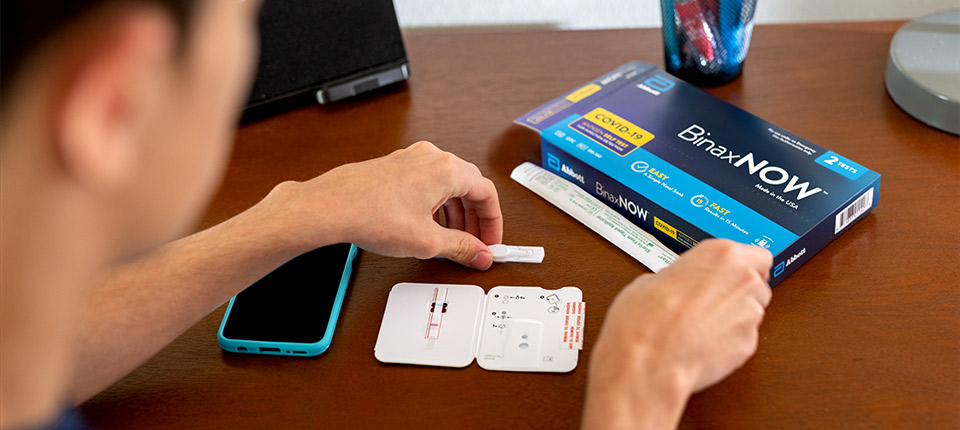Running a marathon is a daunting task for any person. For Margot Forrest, 42, from Scotland, it took focus and commitment beyond what the average runner musters to train for and complete the 26.2-mile race.
She's lived with type 1 diabetes for 20 years. Marathon training means she also has to overcome the ups and downs of her blood sugar levels. Heart-pumping workouts could often lead to hypoglycemia (also known informally as "the hypo"), in which her blood sugar dropped dangerously low.
While some living with diabetes might cut back on exercise, Margot was determined to keep going. She found a new, first-of-its-kind technology to help her better monitor her glucose levels, so the only thing left to conquer was her mindset.
With diabetes, attitude is everything.
Balancing Blood Sugar While Running
With more exercise classes, Margot upped her fitness game in 2016. When her hard work caused her blood sugar to plummet, she had to stabilize it by ingesting more sugar.
"I actually put on weight even though I felt really fit," she says.
Margot asked her doctor for a solution and was sent to a specialist nurse, who introduced her to the FreeStyle Libre flash glucose monitoring system, developed by Abbott.
The FreeStyle Libre automatically reads glucose levels through a sensor, approximately the size of a U.S. quarter, that is worn on the back of the upper arm and eliminates the need for routine fingersticks1. The system also collects information on glucose patterns and trends, so she and her doctor have better insights on her glucose levels that help make more informed treatment decisions.
Wearing the FreeStyle Libre system has changed her workouts.
Before FreeStyle Libre, Margot had to check her glucose, requiring she prick her finger to get a blood sample. She had to do this multiple times, each day, a disruptive and inconvenient necessity.
With FreeStyle Libre, she no longer has to routinely fingerstick to get a glucose reading and she is armed with the most current, up-to-date information so she can better manage her glucose levels, without interrupting her workout.







FOLLOW ABBOTT